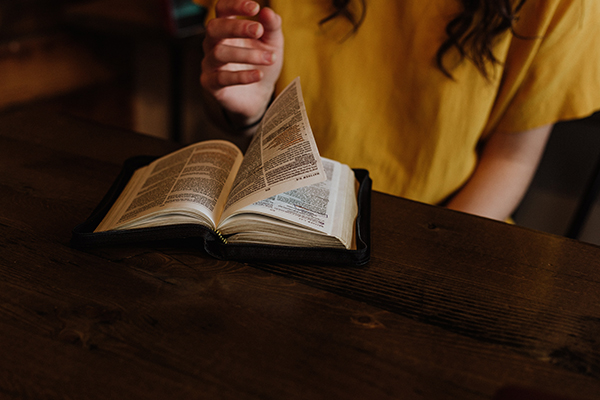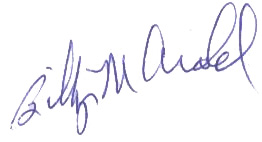Scroll to the end for a full explanation of the previous tip.
Today’s Focus—
Tip #2: Choose the location of where to read

When I say “location,” what I really mean is, “Where should I start in the Bible?”
The Bible has 66 books—39 in the Old Testament and 27 in the New Testament. There are multiple subsections of the Bible as well.
- The 39 books of the Old Testament are divided into…
- The Pentateuch & the Law: the first 5 books of the Old Testament
- History: Joshua through Esther
- Poetry (Wisdom): Job through Song of Solomon (AKA Song of Songs)
- Prophets: Isaiah through Malachi
- The 27 books of the New Testament are divided into…
- The 4 Gospels (Matthew, Mark, Luke, John)
- The Acts of the Holy Spirit and the Church
- Letters to the Churches and Leaders (epistles)
- The Book of Revelation (prophetic New Testament)
So where do you start? How can you read through all this with understanding? How do you not get lost or bogged down, keeping perspective of the whole story?
You need to realize that even though there are many different sections of the Bible stretched out over a very long period of time, it actually does have a single focus and point. So when you read, keep the main overall point in mind no matter where in the Bible you are reading.
And what is the point? Here it is:
The Holy Creator God created us to be worshippers and followers of him, but in our failure, he is in the business of rescuing us from death and destruction through the Messiah Jesus. This is actually the reason why LifeWay is calling our current 5-year teaching journey “The Book of Jesus.” Without Jesus, there would be no reason for a Bible.
I recommend that when you read the Bible—not just as an annual goal, but as a lifestyle for the rest of your life—you follow a pattern like this:
Read the Bible in 4 locations
- An Old Testament chapter
I would start with the Pentateuch (with heavy time in Genesis and Exodus), then work through the History, then the Prophets. - A Gospel story
Start in Matthew and go through the book of John. Don’t worry about reading a full chapter at each reading session. Just read slowly and carefully, story by story. Sometimes a story section of Jesus is only a few verses long. When you finish reading all 4 gospels, then just start over again. If we call ourselves Christians and followers of Jesus, reading the story of Jesus over and over again should be a lifetime goal. - A New Testament chapter
Start with the book of Acts, and just slowly work your way all the way through the end of the Bible - Finish with a psalm or a chapter of Wisdom or Poetry (Proverbs, Ecclesiastes, etc).
These books are rich with worship, counseling and reflection—the perfect way to finish your time with God’s Word each day.
There are wonderful variations that you can make in this basic plan. But reading in this way, you will need 15 – 30 minutes of time to allow for thoughtful reflection and digestion. Again, don’t worry about how fast or even how slow you are reading. You are a reader of God’s Word for your life, not just for a few months.
Stay tuned for next week’s Tip #3: Use a study Bible.
MY PERSONAL DEVOTIONAL
Now—a quick window into my devotional life. Each week I am giving you a little insight into my devotional life and reading, only to show you by example what you can and should do with your personal reading of God’s Word.
My current daily reading locations:
- Old Testament—2 Samuel
- Gospel—Mark
- New Testament—Hebrews
- A psalm
A devotional from my reading this week: The Drifting Life — Psalm 141
Psalm 141:4
Don’t let me drift toward evil or take part I acts of wickedness. Don’t let me share in the delicacies of those who do wrong.
I have been in a boat before that lost all power and had no sail to pull up and catch any wind. We call this a drifting boat. A drifting boat does not lead anywhere good. It only spells trouble. It might be a slow drift in calm water, or it could be a rapid drift when the wind blows or the tides suddenly change. But it is certainly an out-of-control situation. I find it interesting that this term, “drifting,” describes my condition when I choose to just let my life sit out there with no sense of intentionality. If I leave my life in a “natural” mode, I know for a fact that I will drift away from God, toward a wicked and destructive lifestyle. It might be a slow, almost unnoticeable drift. But when pressure comes, my life will quickly run aground.
Dear God, don’t let me drift.
Keep reading your Bible!

TIP #1: READ SYSTEMATICALLY AND SLOWLY
How to Read Your Bible (Part 1)
Don’t worry about reading for speed. Learn to set a habit to read for the rest of your life.